IRELAND’S natural environment has something different to offer every month of the year.
From its rugged Atlantic coastline in winter to the pastoral charms of a springtime meadow in a quiet corner of Ireland’s Ancient East, nature up close is stunning.
In Ireland, no matter what the season, you’ll be surrounded by some of the greatest free shows that the natural habitat can offer.
January: Seals at Hook Head, Co. Wexford
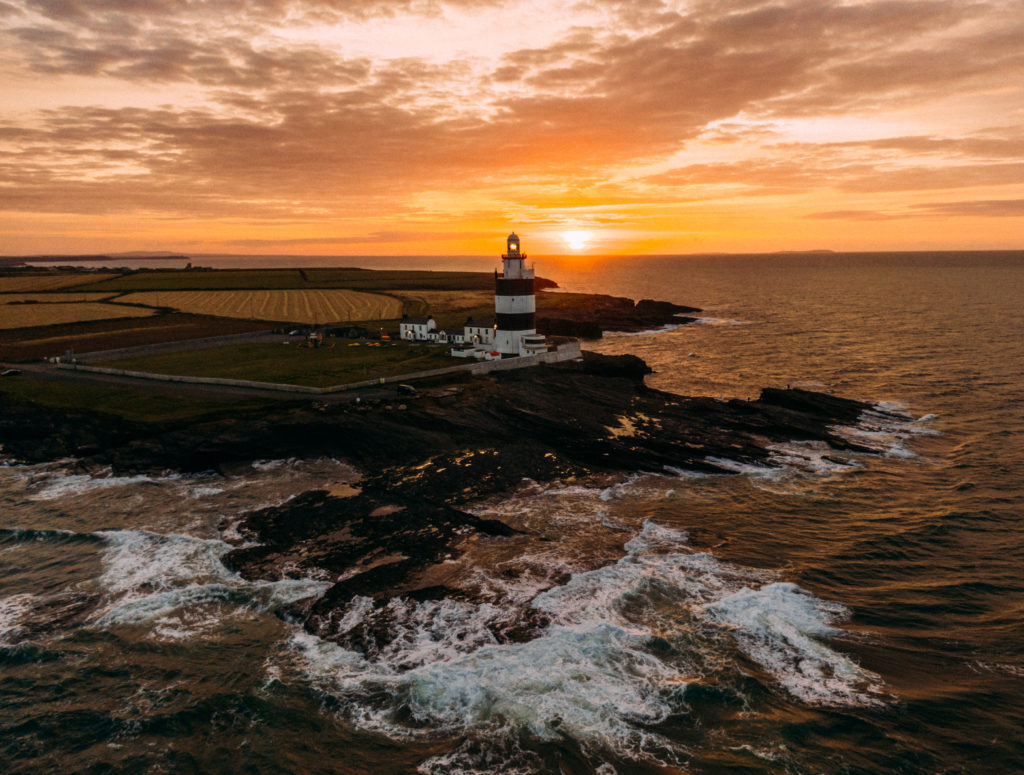 Hook Head in Co. Wexford
Hook Head in Co. WexfordDuring the cold months, Hook Head offers a unique spectacle: grey seals basking on the snarling seashore.
They’re particularly active in January, as pupping season wraps up, and you can spot mothers with their pups.
The stunning coastal scenery, with waves crashing against the cliffs, provides a dramatic backdrop for observing these marine mammals.
You can park at the historic Hook Lighthouse, the oldest operating lighthouse in the world, and take a short walk to the prime viewing spots.
February: Snowdrops in Castlewellan, Co. Down
The great gardens and woodland at Castlewellan Forest are a joy to behold.
The arboretum, and the giant maze are impressive anytime of the year, but the snowdrop show is simply magical. The open pastureland abutting the formal gardens leads to woodland which begin to flower as early as January.
This harbinger of spring is soon followed by bluebells, primroses and wood anemones. It’s a lovely sight right across Ireland but Castlewellan, with its mock baroque castle, ornamental lake and towering trees, is a top place to see wave after wave of snowdrops.
February is a good time to watch out for mute swans doing their courtship dance.
Swans are almost unfeasibly large for Irish birds, yet they are surely the most graceful. One of the best places to observe these magnificent birds is Lough Ennell in Co. Westmeath.
This tranquil lake surrounded by rolling countryside is a haven for swans, and consequently birdwatchers.
The swans gracefully glide across the lough’s calm waters then as if on a set command, take off from the water in one of the greatest free shows nature has to offer. As Yeats put it in The Wilde Swans at Coole:
“. . . .All suddenly mount
And scatter wheeling in great broken rings
Upon their clamorous wings.”
Lough Leane in Killarney National Park is another top place to see swans. Nearby are Sheehy and Tomies mountains the lower slope which are home to Kerry’s ancient oak woods.
March: Cherry blossoms at St. Stephen’s Green, Dublin
As spring takes hold, St. Stephen’s Green bursts into life with its famous cherry blossoms.
The delicate pink and white blooms create a canopy along the park’s pathways.
Once you’ve finished your stroll, you can stop in at the Shelbourne Hotel, head for the Horseshoe Bar, and toast Ireland with a glass of champagne.
March is also the time to visit Carlow, as the gardens of the county rouse themselves awake.
Co. Carlow is, you might feel, somewhat unfairly endowed with beautiful gardens.
It may be the second smallest county in Ireland – but it knows how to do flowers. Its mild climate has made it a veritable heaven for gardens and gardeners. This is full petal jacket.
Altamont Gardens, near the village of Ballon, will give you an idea of what to expect.
This horticultural spectacle is the product of some 250 years of planning, planting, pruning, coppicing, shaping, hoeing and weeding. The end result is a fascinating collection of ornamental gardens and lakeside walks.
The great behemoths of the tree world, the redwoods, thrive here. Dawn Redwood, although sounding like a Nashville country singer, is a sequoia from Manchuria in China.
This Chinese takeaway is a thing of wonder to behold, as the sun glints through its wafer thin, multi-coloured needles.
April: Lambing season
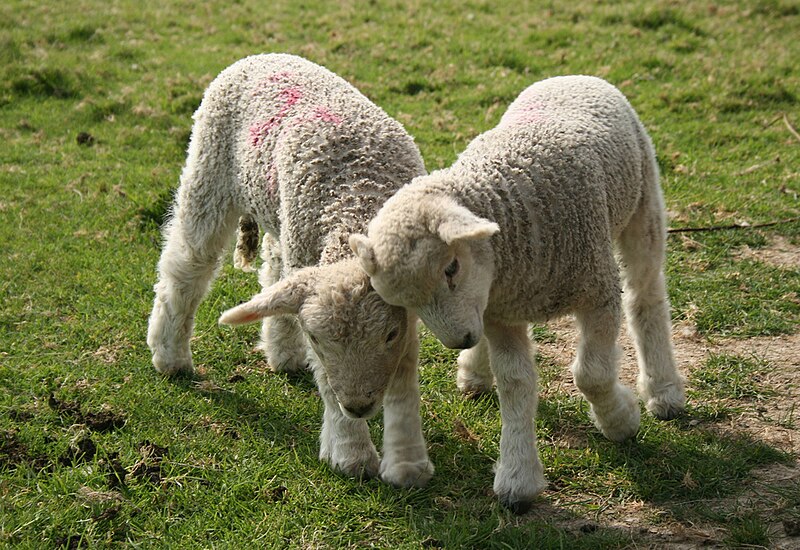 Lambing season begins in April in Ireland
Lambing season begins in April in IrelandApril is lambing season, and a top place to witness the new life of spring is the Glendalough Valley.
Surrounded by ancient monastic ruins and breathtaking mountains, this location gives you the chance to see frolicking lambs in green pastures.
Local farmers often welcome visitors to their open farms for an up-close experience.
Further south, Fairymount Farm in Co. Tipperary gives you a chance to meet the animals, find out how our forefathers tended the crops – or merely chill out (or warm up depending on the day that’s in it) at one of the self-catering cottages on the farm. John Kenny's farm in Tipperary is not just an oasis of rural tranquillity – it’s a slice of history.
The Famine bit hard here, and the disaster still scars the countryside in the form of Famine fields, Famine relief roads, and deserted cottages.
Parts of Slí Dala (the Old Munster Way) meander through the farmlands – St. Patrick, Chief O’Neill and many less reputable people have traipsed across these lands.
It’s a fascinating glimpse at what shaped us into Irish people.
May: Cowslip meadows, The Burren, Co. Clare
May is when the unique limestone landscape of The Burren comes alive with wildflowers, including the golden blooms of cowslips.
These delicate flowers thrive in the cracks of the karst pavement, known as ‘grykes’ creating a stunning contrast with the stark grey limestone.
Guided wildflower walks are offered throughout the month, providing insights into the region’s extraordinary biodiversity — everything from Arctic and Alpine plants to sub-tropical specimens.
The Burren has been called the most exciting wild flower destination in Europe, with great justification.
June: Bog cotton at Connemara National Park, Co. Galway
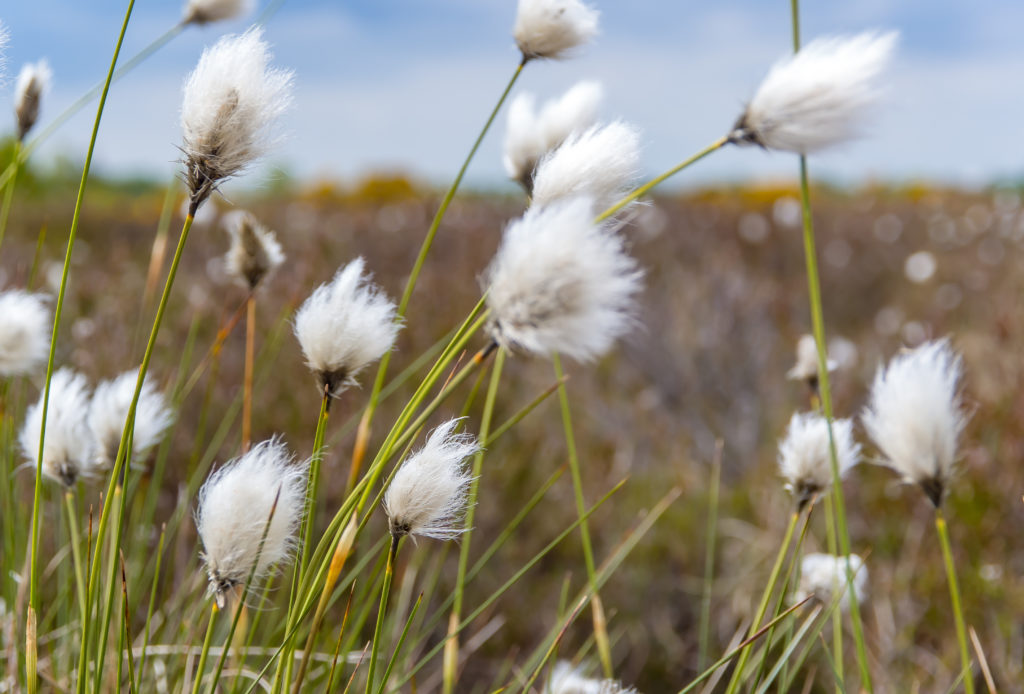 Delicate white cotton found deep in the bogland
Delicate white cotton found deep in the boglandIn June, Connemara’s boglands are transformed into a sea of white as the delicate tufts of bog cotton dance in the breeze.
These hardy plants thrive in the park’s wet, peaty soil and are an integral part of the unspoiled natural splendour of the country.
Visitors can explore the area via the Diamond Hill trails, which range from gentle walks to more challenging hikes.
On your ramble, look out also for bog asphodel the yellow, star-like flowers that brighten up our peat bogs, damp heaths and moors in early summer.
July: Sunsets on the north coast
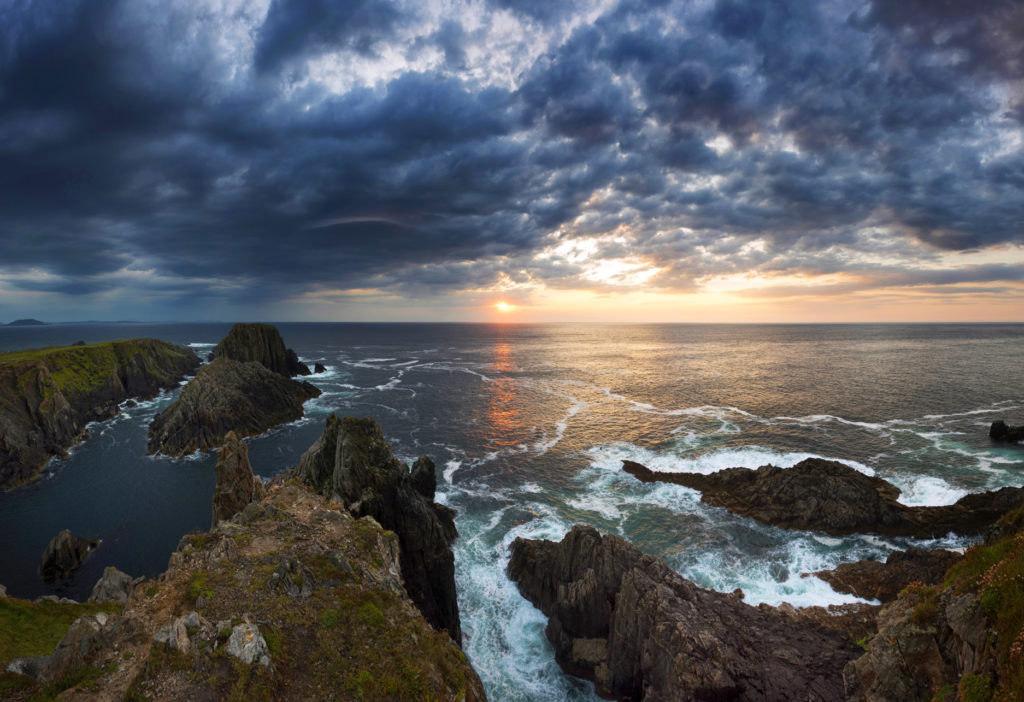 Malin Head - the most northerly point on the island of Ireland - is spectacular in the summer
Malin Head - the most northerly point on the island of Ireland - is spectacular in the summerIreland’s northernmost point Malin Head is a spectacular place to witness summer sunsets.
In July, the long evenings bathe the rugged coastline in golden light, creating unforgettable views.
Malin Head is also known for its dramatic cliffs, unique rock formations like Hell’s Hole, and rich birdlife. But it is the light which is truly glorious.
In the neighbouring county of Derry, sunsets are equally as grand. It’s difficult to convey how spectacular they are.
If you’re walking through a town such as Portstewart at sunset you might think a film company has set up its huge floodlights along the street, so bright are the colours.
But no, it’s just the sun sinking over the Atlantic horizon. Ninety years go in 1935 the songwriter Jimmy Kennedy, from Tyrone, watched as a local boat the Kitty of Coleraine headed west.
The sails were white, but because of the dazzling light they appeared red. Kennedy sat down and wrote Red Sails in the Sunset.
Head for the west coast yourself. You never know — the muse within you might be awakened.
August: Heather blooming on Howth Head, Co. Dublin
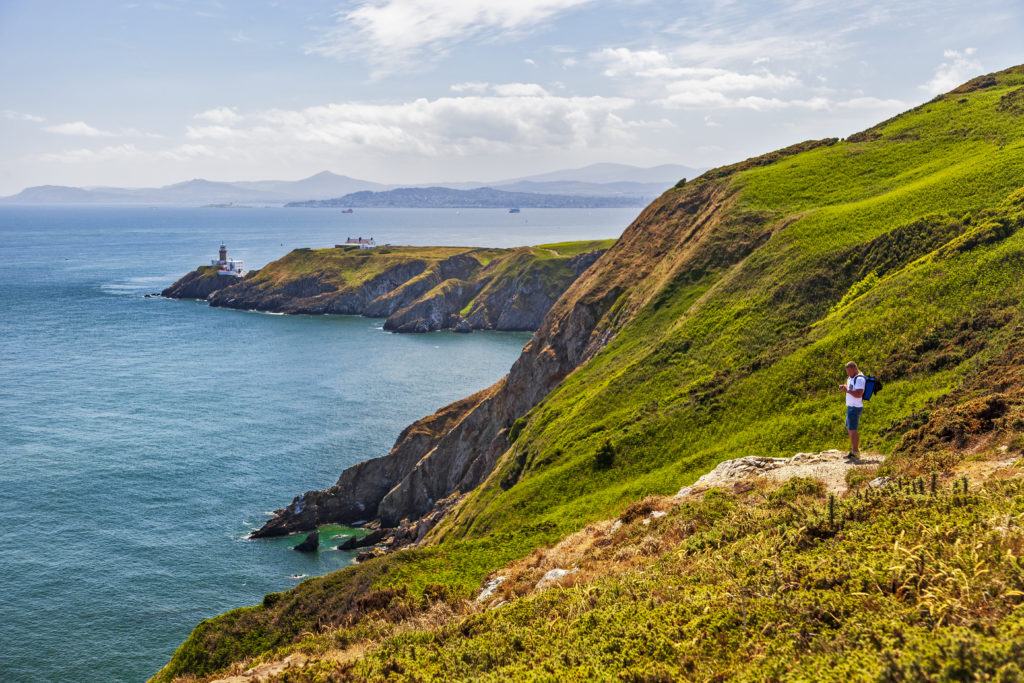 A view of Dublin Bay and the Baily Lighthouse from the Howth Cliff walk at Howth Head
A view of Dublin Bay and the Baily Lighthouse from the Howth Cliff walk at Howth HeadAugust brings a carpet of purple heather to Howth Head.
The vibrant blooms cover the hillsides, adding a splash of colour to the rugged coastal scenery.
Choose from several trails of varying difficulty, each offering stunning views of Dublin Bay, the Irish Sea, and the lighthouse on Ireland’s Eye. Howth village, with its seafood restaurants, bustling market and music pubs is a very satisfactory end point.
September: Harvest festivals, Co. Kilkenny
As autumn arrives, Kilkenny’s rolling countryside celebrates the harvest season with traditional festivals.
Events include apple picking, artisan food markets, and storytelling sessions about ancient Irish harvest customs.
Woodstock Gardens, with its lush arboretum and restored Victorian walled garden, is a must-visit during this time.
The gardens’ scenic walking trails showcase the beauty of autumn foliage.
As it’s September, you should probably head North to see the Dark Hedges in Co. Antrim.
This beech-lined byway famously appeared in Game of Thrones standing in for the King’s Road — although its real name is the Bregagh Road.
It’s not difficult to see why it made it onto the HBO series and then became an international attraction — it looks like it was plucked from a fairytale’s scariest pages.
Local legend has it that the Grey Lady haunts the road at dusk. She’s surrounded in perpetual mist, and is up to no good. She’s probably whisper the finale of Game of Thrones to you if you told her you hadn’t watched it.
But the best time to see it is on a late September morning when the copper-coloured leaves are beginning to fall, and the sunlight catches their fragile shape. Really is magical.
October: Fungi foraging in The Phoenix Park, Dublin
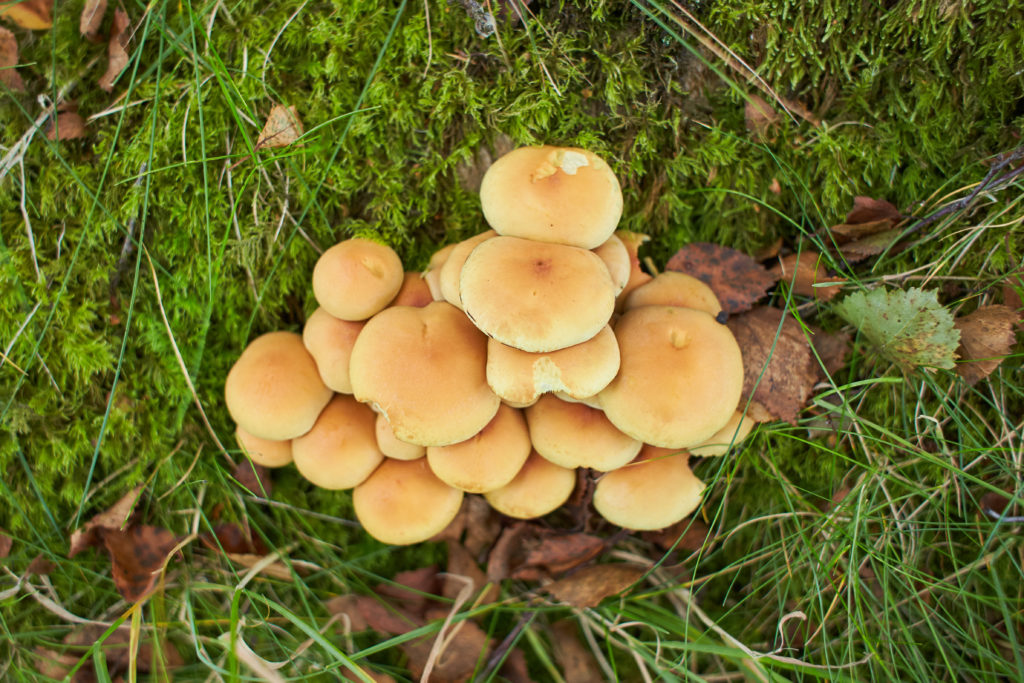 October is prime mushroom picking season
October is prime mushroom picking seasonOctober is prime mushroom season, and The Phoenix Park offers guided fungi foraging walks led by expert mycologists.
This vast urban park, one of the largest enclosed parks in Europe, is home to a wide variety of edible mushrooms.
A few inedible ones too. In France, pharmacists are legally obliged to identify for you if a fungus is edible or not.
No such service exists in Ireland. You have to learn from books (not a very safe method) or from experienced guides (a much better idea).
A lot of white-fronted geese begin to arrive at Strangford Lough, Co. Down, in October.
In fact approximately a third of the world’s total population of these particular geese fetch up in Co. Down. Numbers peak in late autumn and early winter.
These migratory birds travel thousands of kilometres from their breeding grounds in Greenland to spend the winter in Ireland’s milder climate — makes sense; come winter Ireland is just about the mildest place on the planet given its northerly latitude, the same as Alaska, Berlin, Siberia and Calgary, but appreciably warmer.
The geese know this, and have done so for many, many millennia
Strangford Lough, with its expansive mudflats and sheltered waters, provides an ideal habitat for these geese. You’ll see huge flocks of them — up to 500 strong grazing or swimming about.
November: Storm watching at Lahinch, Co. Clare
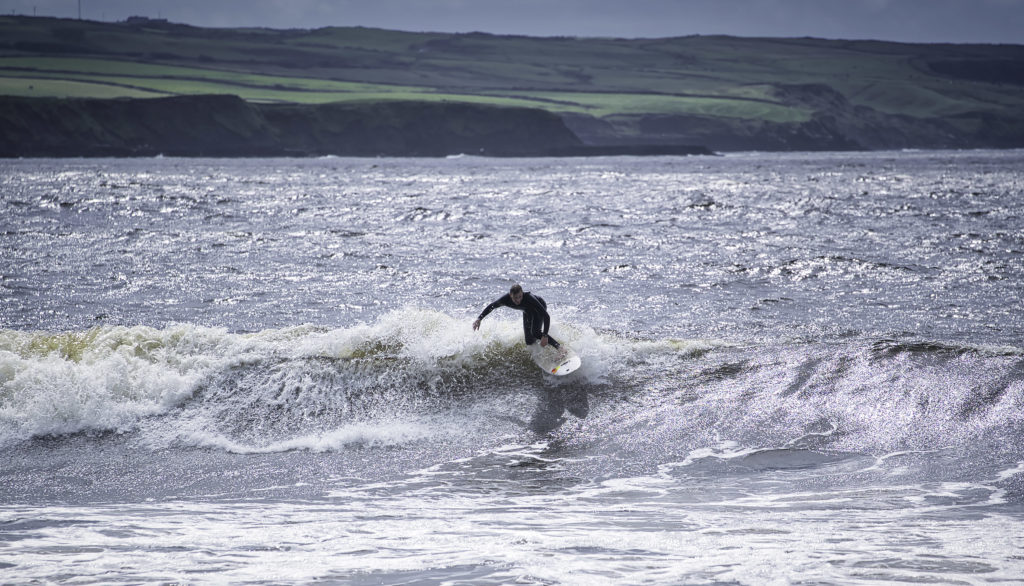 Lahinch in Co. Clare, is a popular holiday resort on Irelands Wild Atlantic Way
Lahinch in Co. Clare, is a popular holiday resort on Irelands Wild Atlantic WayOn Ireland’s west coast you can watch the Atlantic crashing into its first port of call in Europe.
At Lahinch the waves dramatically pound the coastline, and this surf town becomes a haven for photographers and storm watchers, and the odd very brave surfer.
Rug up, grab a hot chocolate from a local café (topped u with some Bushmills form your hip flask), and watch nature’s power unfold from the safety of the promenade.
The waves here have enjoyed 3,000 miles of ocean to pick up speed.
If the weather allows, the town’s surf schools offer lessons for those fearless enough to embrace the waves. There’s no charge for storm watching, but surfing lessons vary in price.
December: Christmas lights in Galway City
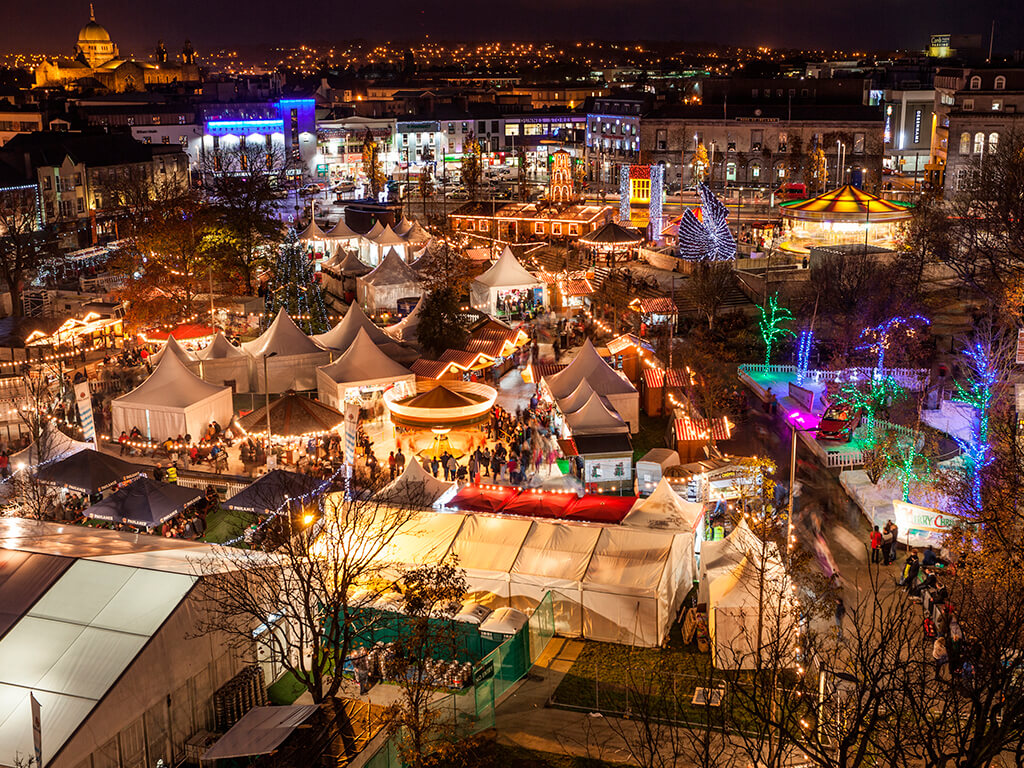 Galway's Christmas Market
Galway's Christmas MarketYes, there are only around 320 shopping days left until Christmas, Galway transforms into a winter wonderland in December with its famous Christmas Market and dazzling light displays.
Stroll through Eyre Square, where festive stalls offer handmade crafts, mulled wine, and seasonal treats.
The Spanish Arch area is also beautifully lit, and traditional music spills out from local pubs.
A ride on the city’s carousel, illuminated against the evening sky, is a magical experience for families.
For further information visit ireland.com

